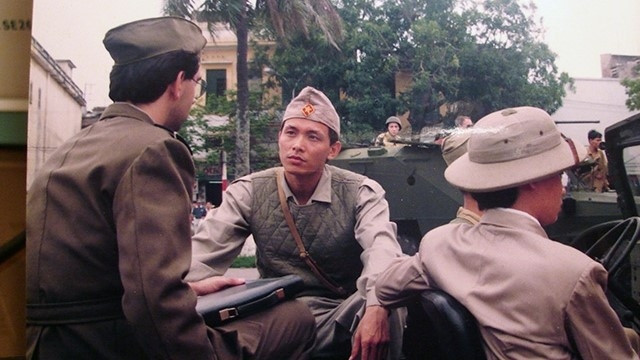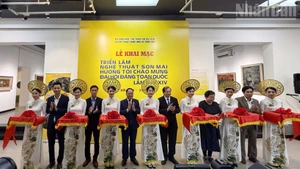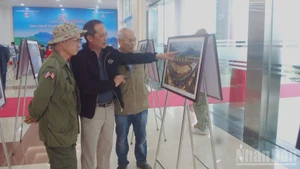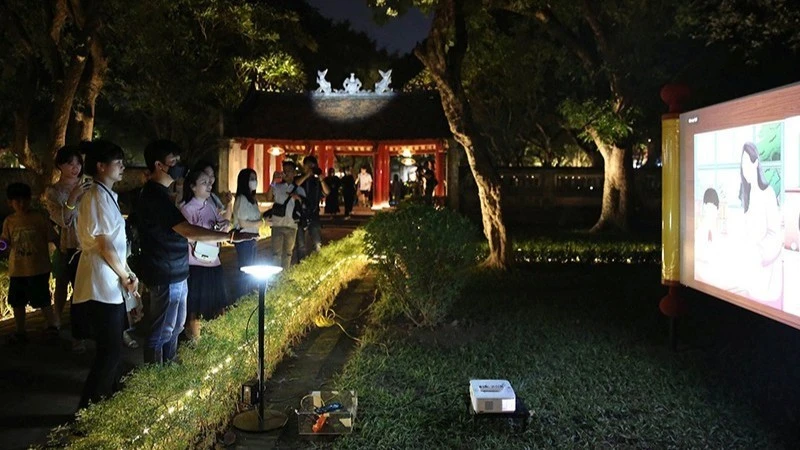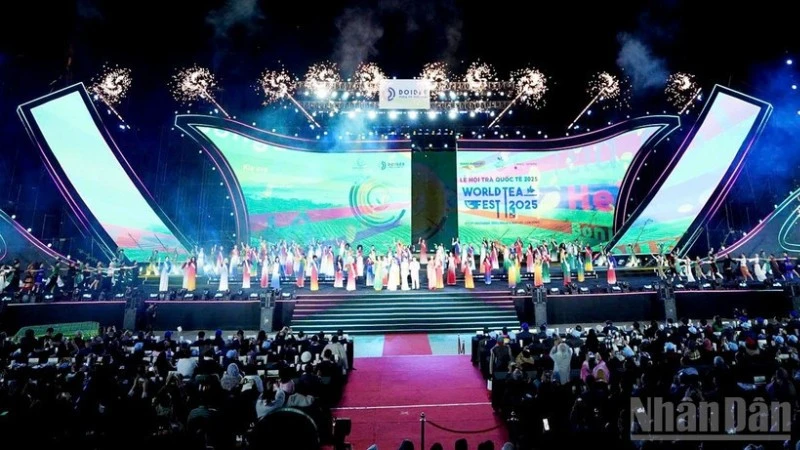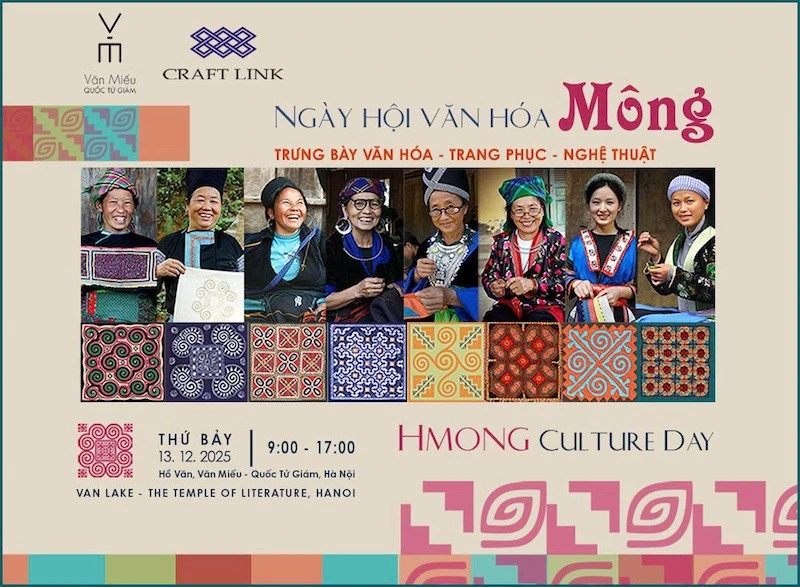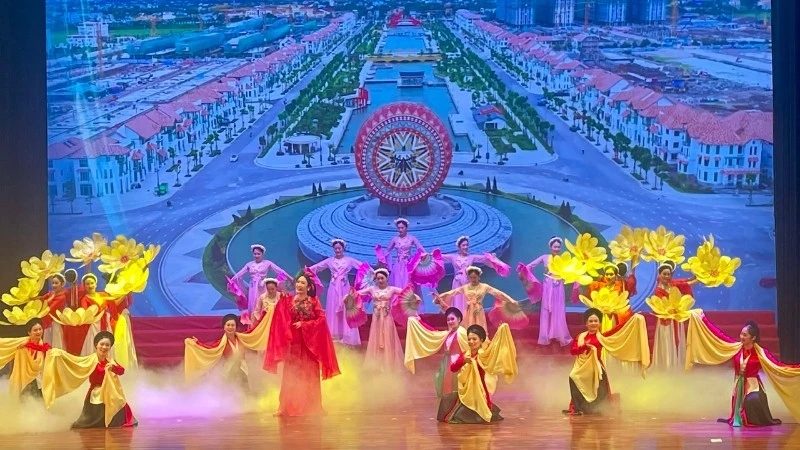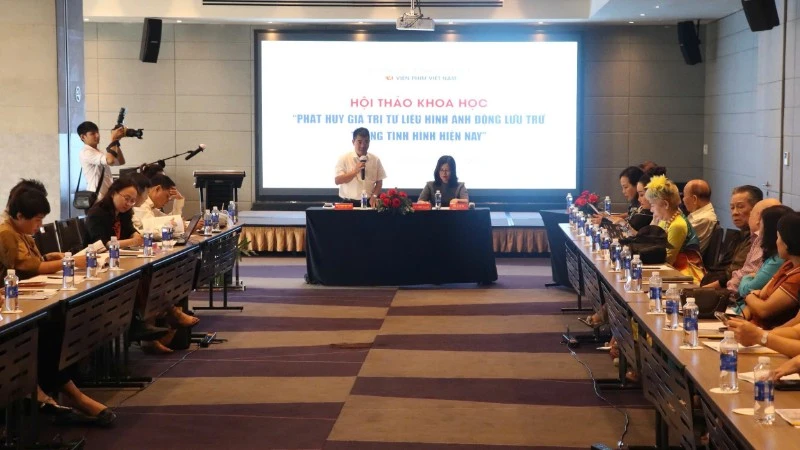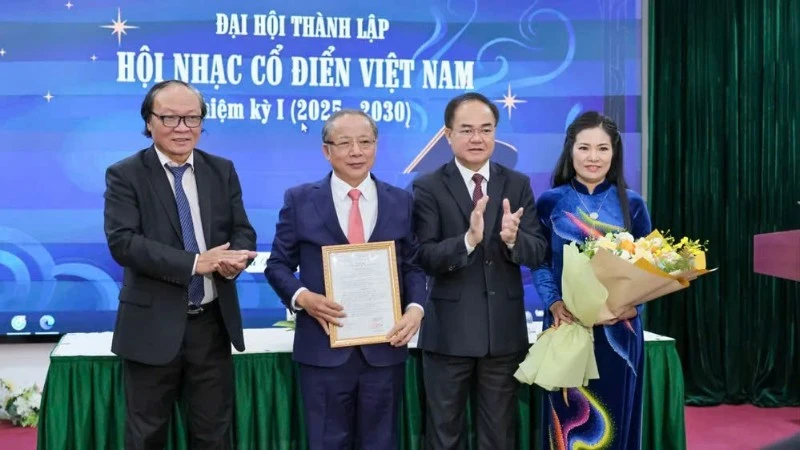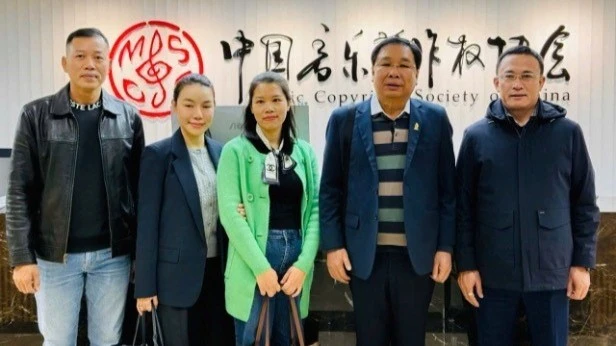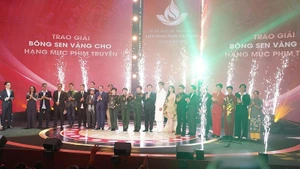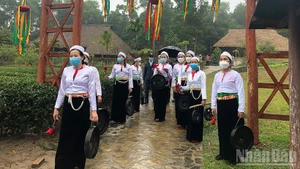15 years for a film about Uncle Ho
Q: The film “Hanoi mua dong nam 46” (Hanoi in the Winter of 1946), which was written and directed by you, is one of the great cinematographic works on President Ho Chi Minh. It won a prize from the Vietnam Cinematography Association and also helped you gain the best director award at the 1999 Vietnam Film Festival. In your opinion, what is the biggest difficulty when making a film about a historical figure, especially a great leader?
A: I made only film related to President Ho Chi Minh. In my opinion, no matter who the film is about, we must understand the character as our relative. To create the film “Hanoi in the Winter of 1946”, I had to read many books and documents about President Ho Chi Minh in that period.
Q: How did the film on leader Ho Chi Minh have significance for you?
A: I made the film “Hanoi in the Winter of 1946” in 1997; however, my intention to make it came to my mind in 1982 when I watched the Indian movie “Gandhi” for the first time.
Although the methods of fighting for national independence by the two brilliant revolutionaries were different, Gandhi’s peaceable thought was similar to President Ho Chi Minh. It was most evident in 1946 when the Vietnamese leader tried to make concessions to France using all means at his disposal in order to avoid a war. This love of peace is also a characteristic of President Ho Chi Minh’s thought.
I made the film because of another personal reason. My father, doctor Dang Van Ngu, who was doing medical research in Japan at that time, intended to take us and our mother from Hue to Japan for a family reunion. But at the last minute, he read President Ho Chi Minh's Appeal for National Resistance, so he changed his mind and decided to return to the homeland to join the resistance. I like most recall the time when President Ho Chi Minh wrote the appeal in the house of a farmer on the outskirts of Hanoi. The moment changed the fate of a nation and so many Vietnamese families, including mine. I cherished the project for 15 years. I read many documents and talked with many witnesses and eventually finished the film’s script in 1995.
Q: Up to now, films on Uncle Ho have been mainly documentaries. There have been seven feature films, a very small number whens compared with the great life and career of President Ho Chi Minh as well as the strong distribution of his thought. Is it true that Vietnamese cinema still “owes” audiences good movies on the great leader?
A: Yes. There is truly a "debt" of Vietnamese cinema because indeed, there have not been any outstanding works on Uncle Ho that could satisfy audiences.
Q: After the film “Nha tien tri” (The Prophet) by Vuong Duc in 2015, audiences have seen watched any movie on President Ho Chi Minh. Around 30-50 feature films have been produced per year. However, young directors have not followed previous generations to make the films on the life and career of politicians and leaders. Could you share about the reasons for this?
A: Currently, around 90% of films are produced by private studios. Making movies on the leader and the fight for national reunification and independence is not their responsibility. If State agencies do not accept the responsibility, there will not be such films. The State has paid much attention to investing in the movies on this topic to commemorate major holidays. However, the results are not commensurate with that investment.
Q: In your opinion, what qualities do the young directors need to possess in order to exploit historical topics, especially on revolutionary wars and Uncle Ho?
A: I saw that many young directors have approached the topic of revolution very well. Director Bui Tuan Dung, with the film “Thau Chin o Xiem” (Thau Chin in Siam) on the revolutionary activities of leader Nguyen Ai Quoc in Thailand, is an example. The most important qualities are the passion and seriousness in their work, regardless of age.

People's Artist, Director Dang Nhat Minh
The last film of his career
Q: In the past, the conditions for film production were tougher, more backward, and stricter than in the current time. However, it seems that the films produced at that time have deeper artistic value although younger directors are trained better and the facilities and equipment for making films are more modern. How can we explain this?
A: There is an objective fact that the audiences’ tastes today are different; therefore, the artistic values also change. Yesterday’s values should not be compared to today's values.
Q: In your opinion, can Vietnam’s cinematography industry integrate and become a part of world cinema?
A: Vietnam’s cinematography industry has become a part of world cinema since the film “Chung mot dong song” (Sharing the Same River) was screened in 1959. At the time, the famous French film critic Jeorge Sadoul said that it was a cinema in the Indochinese Peninsula but it is neither Indo nor China. He means that Vietnamese cinema had its own identity. If we can keep that unique identity, we will be able to integrate into the world.
Q: Suppose you decide to make one last film in your career, which topic would you like to cover?
A: I am making a film, entitled “Hoa nhai” (Jasmine) to close my cinematic career. It has been shot but its post-production stage has not been completed due to lack of funds. This is a film produced by Khanh An private studio in Hue City on a very limited budget.
The story is about daily life in Hanoi, revolving around two main characters: a shoeshine boy coming from the countryside and a barber on the sidewalk. I have lived in Hanoi for over 60 years. The scenes in the film are my daily observations; therefore, it is very simple, highlighting the sentiments of the people. I believe that Hanoians still preserve the substance of “jasmine”.
Thank you very much for your interview!
